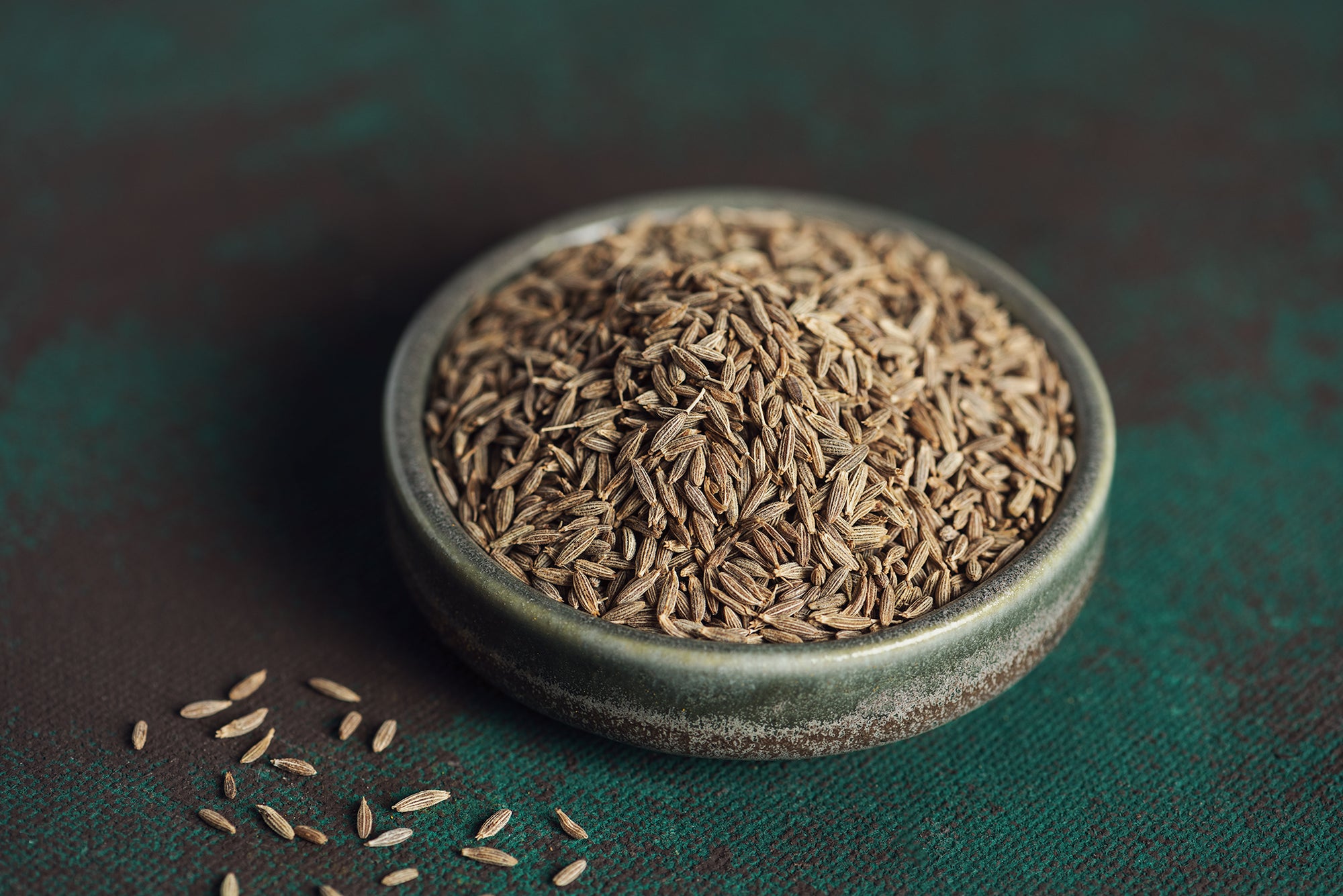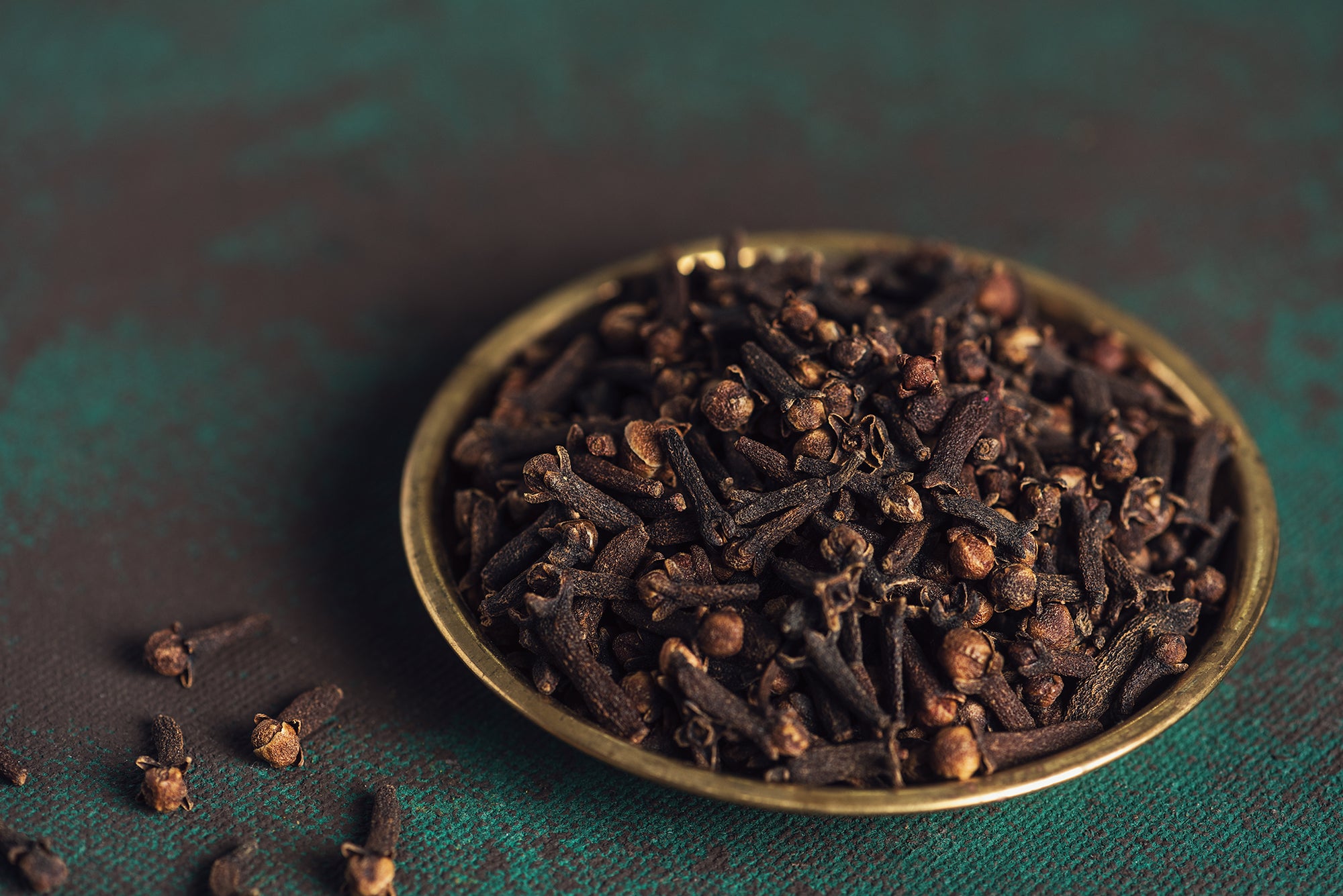Coriander, also known as Dhanyaka or the rich one is a staple in all Indian kitchens. This understated spice is not only good in bringing together the aromas of different spices but also has various health benefits.
Warm, nutty and mildly spicy, the seeds can be used as is or in a powdered form. All parts of this beautifully delicate plant are edible; the leaves are often referred to as cilantro whereas the seeds are called coriander.
Growing Coriander
Believed to be native to the Mediterranean and the Middle East, coriander is now grown and used almost all around the world.
This annual plant prefers a warm well-drained soil and is sown in the months of March or April; seeds take about 4-5 months to ripen. Bight green, the herb has round stalks full of branches with fan shaped leaves and white flowers. They grow to about 2 feet in height.
Coriander seeds are greenish-brown in color with an aromatic taste and a distinct odor when dried and powdered.
The Bountiful Spice
Extensively used around the world as a garnish or a condiment in a fresh, dried or a powdered form, coriander must be one of the most under appreciated spices in the world. It emits a warm, citrus like flavor when crushed due to the pinene and linalool oil present in the plant.
Though the whole plant is edible, the seeds and leaves are most commonly used. It is favorable to buy coriander seeds and powder them before use so that it retains the flavor.
But its contribution to uplift the taste in a cuisine is a tiny needle in the haystack of benefits that it possesses. Coriander is packed with vitamins, magnesium, manganese, protein, iron, polynutrients and flavonoids. It has about 11 components of essential oils and six types of acids, each with its own unique helpful properties.
Coriander promotes a healthy digestive process by stimulating normal appetite and relieving intestinal gas. As a trusted source of dietary fiber, it ensures smooth bowel movements. It also ensures proper functioning of the liver and helps prevent any urinary tract infections.
Research has proven that coriander helps lower blood sugar levels by stimulating the secretion of insulin. It also helps control the bad cholesterol in our body.
The anti-inflammatory property of coriander helps give relief to those suffering from arthritic pain.
Cilantro And Coriander
Coriander and cilantro come from the same plant. Coriander is the seed whereas cilantro is the name given to the fresh leaves and stems of the same plant.
Despite coming from the same plant they have significantly different tastes, uses and nutritional profile.
Coriander with its ability to elevate the taste of other spices is used while cooking and since it loses its flavor when it comes in contact with heat, cilantro is usually added as a garnish.
Coriander seeds have low levels of vitamins but more mineral content whereas the cilantro leaves have low levels of minerals and higher levels of vitamins.
Coriander is a spice with warm, spicy and nutty taste and aroma whereas cilantro, the herb has a refreshing and fragrant taste and aroma to it.
Despite their differences, both cilantro and coriander have loads of health benefits and are known to aid in giving respite from many ailments.
Coriander And Ayurveda
Also known as dhanyaka, coriander is one of those rare herbs of which we use all the parts in various forms. This astringent tasting spice suits all three doshas and does not provoke Pitta like most spices.
In Ayurveda, it is used to cure coughing, incessant thirst and vomiting. It is also used as a coolant to relieve stress and heal infections from ones eyes. Coriander is also known help many pitta ailments particularly those related to the digestive and urinary system.
Often used with fennel and cumin, the trio helps get rid of flatulence and post meal cramps. It is also a cooling diuretic.
As the name suggests, coriander is rich in healing properties and may be used to aid ailments that may occur in any part of our body.
We have used Coriander in:
Quick Facts
| Name: | Coriander |
| Scientific Name: | Coriandrum sativum |
| Cultivated in: | All over the world |
| Other names: | Cilantro, Chinese Parsley |
| Habitat | Warm |
| Soil | Well-drained moist nutrient rich soil. |
| Plant Size | 2 feet |
| Aroma | Sweet, Spicy |
| Plant parts used | The whole plant |
| Major Nutrients | Dietary fiber Vitamin C Manganese Iron Magnesium Calcium Copper Phosphorus Selenium Potassium Zinc |
Ayurvedic Facts
| Sanskrit Name: | Dhanya, Dhanyaka |
| Taste: | Astringent, Bitter |
| Energitics: | Hot |
| Effect on Doshas: | Balances all three Doshas i.e Vata, Pitta and Kapha |
| Used for Treating: | Digestive ailments, Urinary tract ailments, Diabetes, Eye infections, Inflammations |
Known As In :
| Hindi | Dhaniya |
| Bengali | Dhane |
| Arabian | Kubjar |
| Gujrati | Dhana |
| Telugu | Dhaniyalu |
| Farsi | Kashneer |
| Malayalam | Malli |
| Tamil | Kottamalli |
| Kannada | Kotthambari |





.png?v=1668878203)



